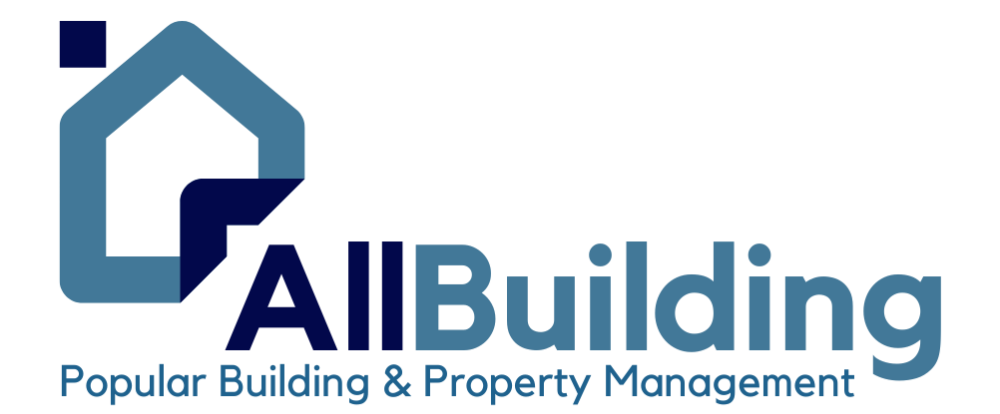Roof maintenance is a critical aspect of homeownership. Ignoring it can lead to severe problems, including structural damage and costly repairs or replacement. However, understanding when your roof needs to be replaced can be challenging. This guide will identify 12 key warning signs indicating the need for a new roof.
1. Leaks and Water Damage
One of the most apparent signs that you need a new roof is when you notice leaks or water damage. Water stains on your walls or ceilings, or unexplained damp patches, could be symptoms of a leaky roof. Water leaks can cause mold growth, leading to potential health hazards and further damage to your home.
2. Sunlight Through the Roof
A clear indication that your roof may need replacing is if you see daylight coming through the roof boards when you are inside your attic or top floor. If light can get through, so can rain, cold air, and snow. It’s a sign that your roofing material has deteriorated and needs to be replaced.
3. Sagging Roof
A sagging roof is a serious issue that requires immediate attention. It often indicates a structural problem, which could be due to weakened decking in the attic or even more severe issues with the supports in the foundation. If you notice a sag in your roof, it’s time to call a professional for an assessment.
4. Age of the Roof
The age of your roof can provide a hint about its condition. Most experts agree that a typical roof will last between 20-25 years. It also depends on whether the old roof was removed and you only have one layer of shingles, and if it is properly ventilated. If your roof was installed over another layer or several layers and it is older than 20 years, you likely need a new roof.
5. Damaged or Missing Tiles
Damaged or missing roof tiles are a clear sign that your roof could require replacing. Tiles can crack, warp, or go missing as they age. If you notice that you’re replacing a lot of tiles, it may be more cost-effective to replace the entire roof.
6. Moss, Mold, or Fungi
Moss, mold, or fungi growing on your roof is a sign of trapped moisture, which is harmful to the roof. If moss, mold, or fungi become extensive, it may be more beneficial to replace the roof than to make spot repairs.
7. Granules in the Gutter
If you start to notice granules in your gutter, it could mean that your roof is deteriorating. These granules tend to come off more easily as the roof ages, so if you’re noticing an excessive amount, it’s likely time for a new roof.
8. Damaged Flashing
Flashing is designed to protect the seams of your roof from water penetration. Damaged or missing flashing can lead to leaks and water damage inside your home. If you notice that your flashing is damaged, it could be a sign that your roof needs to be replaced soon.
9. High Energy Bills
A poorly insulated roof can cause your home to lose heat in the winter and cool air in the summer. This results in high energy bills. If you notice a steady increase in your energy costs, it’s worth having your roof inspected.
10. Rotting Underlay
If the underlay of your roof is rotting, it will need replacing. The underlay is a protective layer underneath the tiles or shingles that provide an extra barrier against moisture and the elements. If it’s rotting, water can seep in and cause further damage to the internal structure of your roof.
11. Loose or Exposed Nails
Loose or exposed nails can provide a path for water to enter your roof. If you notice many nails that are either coming out of the roof or are already missing, it’s a sign that your roof could be in trouble.
12. A Roof Full of Debris
If your roof is collecting a lot of debris, like leaves and twigs, it could be a sign that water isn’t draining properly. Water that pools in these areas of debris can seep into the roofing material, causing it to rot and ultimately need replacing.
If you notice any of these signs, it’s best to have a professional assess your roof’s condition. Some issues can be fixed with minor repairs, but in other cases, a complete roof replacement may be necessary. Remember, it’s always better to tackle these issues sooner rather than later to prevent further damage and increased costs.

